INDIAN ARMED FORCES CHIEFS ON OUR RELENTLESS AND FOCUSED PUBLISHING EFFORTS
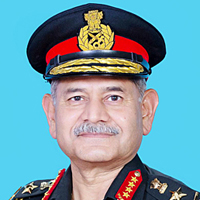
The insightful articles, inspiring narrations and analytical perspectives presented by the Editorial Team, establish an alluring connect with the reader. My compliments and best wishes to SP Guide Publications.
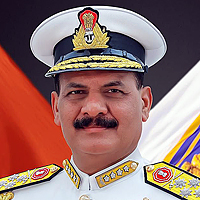
"Over the past 60 years, the growth of SP Guide Publications has mirrored the rising stature of Indian Navy. Its well-researched and informative magazines on Defence and Aerospace sector have served to shape an educated opinion of our military personnel, policy makers and the public alike. I wish SP's Publication team continued success, fair winds and following seas in all future endeavour!"

Since, its inception in 1964, SP Guide Publications has consistently demonstrated commitment to high-quality journalism in the aerospace and defence sectors, earning a well-deserved reputation as Asia's largest media house in this domain. I wish SP Guide Publications continued success in its pursuit of excellence.
- A leap in Indian aviation: Prime Minister Modi inaugurates Safran's Global MRO Hub in Hyderabad, Calls It a Milestone
- All about HAMMER Smart Precision Guided Weapon in India — “BEL-Safran Collaboration”
- India, Germany deepen defence ties as High Defence Committee charts ambitious plan
- True strategic autonomy will come only when our code is as indigenous as our hardware: Rajnath Singh
- EXCLUSIVE: Manish Kumar Jha speaks with Air Marshal Ashutosh Dixit, Chief of Integrated Defence Staff (CISC) at Headquarters, Integrated Defence Staff (IDS)
- Experts Speak: G20 Summit: A Sign of Global Fracture
The Tejas Take Off
The upcoming induction of the Tejas Mk-1A, into the Indian Air Force represents a significant leap forward in strengthening India's air defence
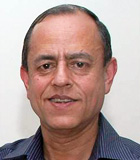 |
The Author is Former Director General of Information Systems and A Special Forces Veteran, Indian Army |
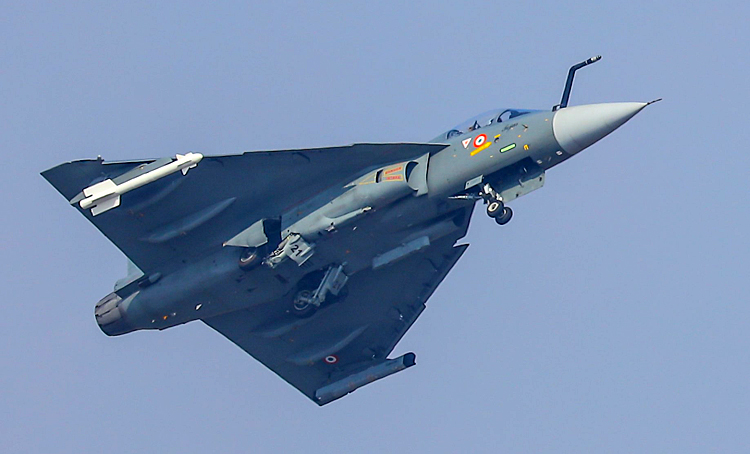
According to news reports of June 23, 2025, the "imminent" induction of the latest Light Combat Aircraft (LCA)Tejas fighter jet (Tejas Mk-1A) into the Indian Air Force (IAF) marks a transformative chapter in India's aerial defence capabilities and its quest for self-reliance in military technology. However, the 'indigenous' and 'self-reliance' part is still not total, as the fighter jet is now being equipped with advanced Israeli radar and electronic warfare systems, elevating its combat readiness and operational flexibility at a time of heightened tensions with neighbouring Pakistan and China. A foreign observer has commented that despite the LCA Tejas having been conceived in 1985, India still has only two full squadrons of this fighter jet, which are deployed against Bangladesh, not against China and Pakistan as yet. But things seem to be looking up now.
The IAF is to get "at least" six Tejas Mk-1A Jets by March 2026
The latest upgrade integrates the Active Electronically Scanned Array (AESA) radar, developed by ELTA Systems, a subsidiary of Israel Aerospace Industries (IAI); offering the ability to simultaneously track multiple aerial, ground, and sea-based targets with remarkable precision and speed. The indigenous 'Uttam' AESA radar is reportedly also being incorporated to provide "redundancy". AESA radars are inherently more resistant to detection and jamming, giving considerable stealth and survivability advantage in contested airspace. Complementing the advanced radar suite is a sophisticated electronic warfare (EW) system, which includes a self-protection jammer, radar warning receiver, and optional external electronic countermeasure (ECM) pods. In addition, the pilots have an advanced helmet-mounted display system developed by Elbit Systems of Israel, which provides critical data and targeting information directly within the pilot's field of view, further augmenting combat effectiveness.
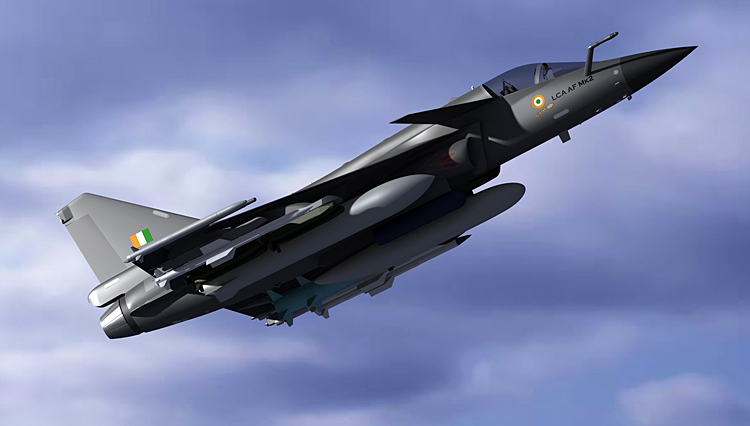
The latest Tejas Mk-1A will have enhanced payload and mission flexibility. The integration of a dual-pylon configuration allows the aircraft to carry advanced air-to-air missiles, like ASRAAM, known for its high speed and advanced imaging infrared (IR) seeker. There are plans to further expand the aircraft's arsenal with the indigenous 'Astra' beyond-visual-range (BVR) missile, which will enable long-range engagements and complement the existing close-combat capabilities. 83 upgraded Tejas Mk-1A aircraft are to be equipped with these Israeli systems, most of which are being manufactured and assembled in India through strategic partnerships with local firms under the 'Make in India' initiative. The Ministry of Defence (MoD) signed a ₹48,000 crore contract in February 2021 for 83 Tejas Mk-1A jets and is in the process of procuring an additional 97 aircraft costing around ₹67,000 crore.
HAL aims to produce 16 jets in the coming year, "contingent upon" on steady flow of engine supplies from GE
The IAF is to get "at least" six Tejas Mk-1A Jets by March 2026. Hindustan Aeronautics Limited (HAL) Chairman and Managing Director D.K. Sunil clarified that the delay stemmed solely from GE Aerospace's inability to deliver the engines on time. As of June 2025, HAL had six aircraft ready for delivery but could not proceed due to the absence of engines. GE was originally expected to supply 12 engines in 2023, but only one had been received by mid-2025. The delay was attributed to global supply chain disruptions, particularly those arising from the COVID-19 pandemic, and the loss of experienced engineers at GE, which created cascading bottlenecks in production. GE Aerospace has since committed to delivering 12 F404-IN20 engines by the end of the current fiscal year, with deliveries resuming from July 2025. This will enable HAL to deliver the jets to the IAF and operationalise its first Tejas Mk-1A squadron by year-end. HAL aims to produce 16 jets in the coming year, "contingent upon" on steady flow of engine supplies from GE. The Tejas Mk-1A is to replace the ageing MiG-21 fleet, addressing the IAF's declining squadron strength, which has dropped to 31 against a sanctioned strength of 42.
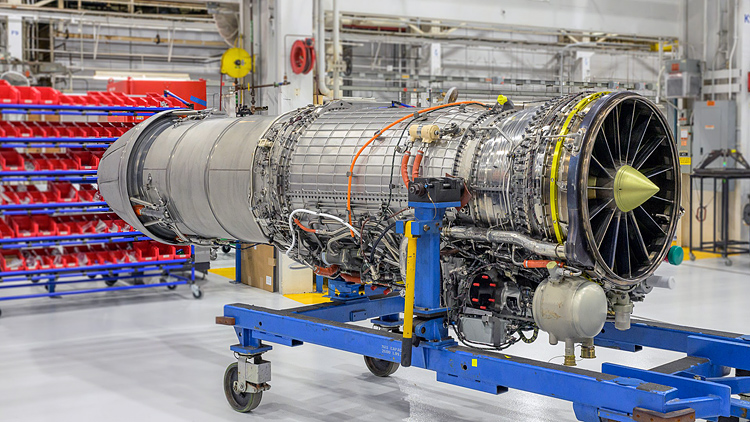
According to HAL Chairman and Managing Director D.K. Sunil, HAL is on track to finalise a landmark agreement with GE Aerospace by March 2026 to jointly produce F414 jet engines in India
According to HAL Chairman and Managing Director D.K. Sunil, HAL is on track to finalise a landmark agreement with GE Aerospace by March 2026 to jointly produce F414 jet engines in India. Sunil confirmed that 80 per cent of the technology transfer (ToT) has been agreed upon, and the focus has now shifted to finalising the commercial terms of the deal, which is expected to be sealed within the current financial year. This confirms that the initial propaganda about GE Aerospace giving 100 per cent ToT of the F414 was a hoax. It was quite obvious that the critical technology of the inner core would never be transferred to India. Now the question is whether GE Aerospace will adhere to jointly producing the F414 engine under Make-in-India once the deal is signed, and in what timeframe, given the unpredictability of the US administration.
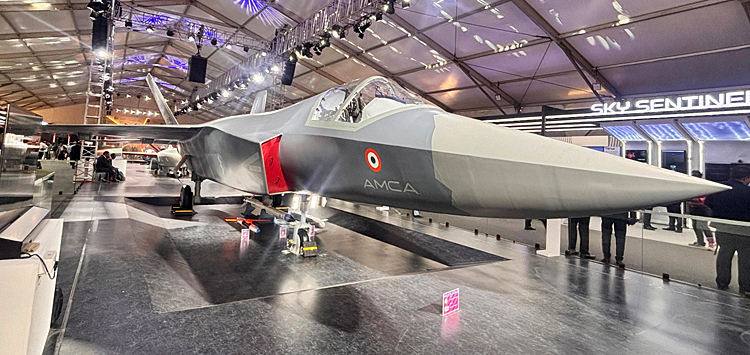
These engines are also set to power the next-generation Tejas Mk-2 and the prototypes of the Advanced Medium Combat Aircraft (AMCA), both of which are critical to the future capabilities of the IAF. The Tejas Mk-2 is to be a more advanced platform, featuring a more powerful engine, increased payload capacity, superior electronic warfare systems, and advanced avionics. Concurrently, the AMCA is envisioned as a medium-weight, stealth-capable fighter jet that will further bolster India's air power.
The Tejas Mk-2 with its multi-role capabilities, will be a game-changer for the IAF
The Tejas Mk-2 was recently showcased with impressive new graphics, featuring its integration with a formidable array of state-of-the weaponry, according to news reports of May 29, 2025. The Tejas Mk-2 weapon suite is to include the 'Tara' PGM (next-generation guided bomb for precision strikes developed by DRDO), Rudram-II, Astra Mk-1, ASRAAM, and Quad Rack for the Smart Anti-Airfield Weapon (SAAW). The graphics showcased demonstrated the Tejas Mk-2 will be equipped with advanced weapons for both air-to-air and air-to-ground roles. Tejas Mk-2 will be a game-changer for the IAF; with its multi-role capabilities poised to complement the Rafale and Su-30 MKI.





